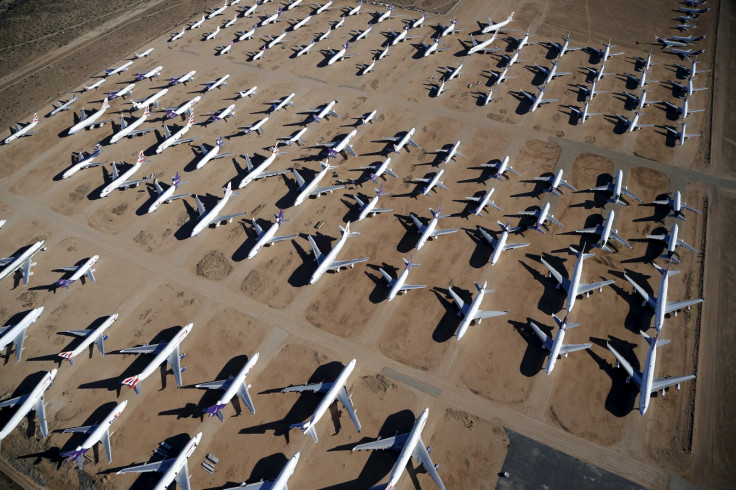Boeing's laser-powered nuclear engine could blast aerospace into next chapter

Future aircraft from Boeing could be powered by nuclear engines that use lasers, following the US Patent and Trademark Office's approval of a patent application earlier this month.
Boeing's concept for an engine would provide energy-efficient thrust by firing lasers at radioactive material to produce a fusion reaction and could be used to drive spacecraft, rockets and missiles.
It follows the 2012 submission of the patent by inventors Robert Budica, James Herzberg and Frank Chandler.
Describing the method, the patent says: "At least one laser is positioned to vaporise the propellant with at least one laser beam into a thrust producing flow."
According to the patent, electric propulsion is not energy efficient due to the weight of the system needed, so the laser-powered solution offers improved thrust and a lower power-to-thrust ratio.
Boeing's concept would allow the engine to harness heat energy created from the nuclear reaction. This means that theoretically, the engine would be self-sustaining, requiring only a very small amount of external energy to operate.
A cheaper Dreamliner
The world's largest plane maker is currently trying to stem the losses on its 787 Dreamliner by cutting its use of titanium, which costs seven times more than aluminium. The lightweight alloy accounts for about $17m (£10.96m) of the cost of each $260m aircraft.
Earlier this week, Boeing said it aims to eradicate 787 losses by the fourth quarter. Yesterday (24 July), the company announced Mark Jenks as the new chief of its 787 Dreamliner programme to replace outgoing head Larry Loftis who will retire at the end of the month.
Currently, researchers across the world are attempting to develop fusion reactors to replace current nuclear fission technology. However, none have come close to successfully creating a fusion reaction.
Nuclear fusion, in which two atomic nuclei combine into a single molecule, is the same process that creates heat and light in stars, such as our Sun.
In theory, a controlled fusion reaction would release a vast amount of energy and create very little waste. This would make it a more efficient and more environmentally friendly option to fission reactors – which split a molecule's nucleus – which create a great deal of radioactive waste.
© Copyright IBTimes 2025. All rights reserved.






















